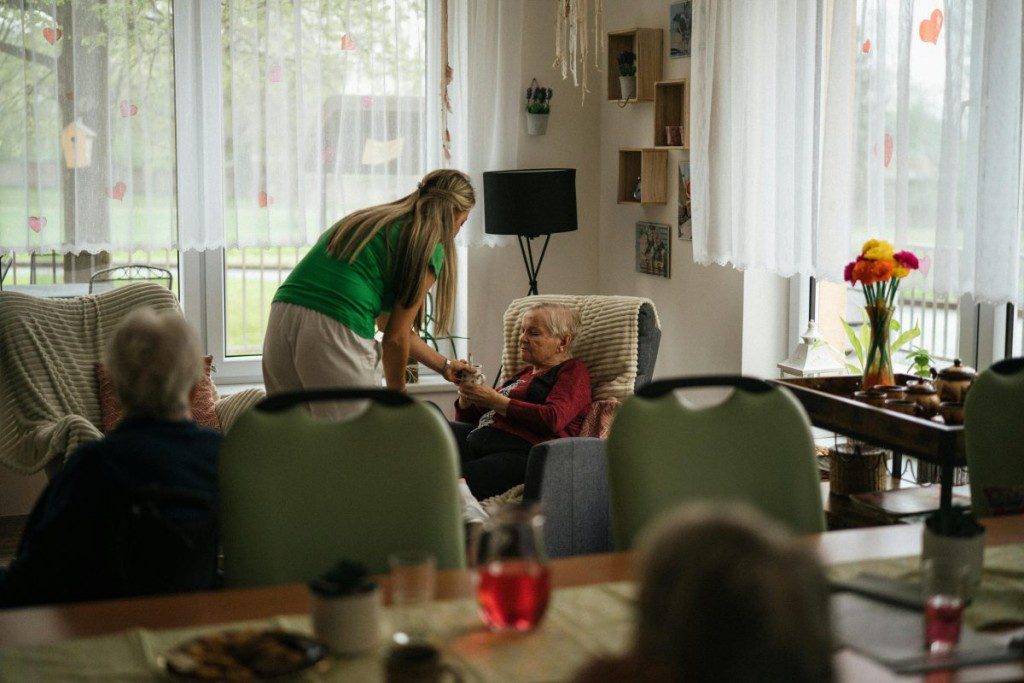Making sure our aging loved ones live in a safe, respectful, and enriching environment is a concern that affects many of us deeply. As individuals enter their senior years, their needs change, often requiring more comprehensive care and support. This transition can be daunting for both seniors and their families, who must navigate many different options and considerations to find the best solution. Whether the decision involves moving to a senior living facility or modifying a current living situation, the goal is to ensure both safety and a high quality of life. This guide offers essential tips for achieving these objectives, focusing on the initial steps to lay a strong foundation for senior living arrangements.
- Research and Choose the Right Facility
The first step in securing an optimal living situation for a senior loved one is thorough research. This involves looking beyond glossy brochures and engaging in deep investigation—reading reviews, soliciting recommendations, and conducting in-person visits. Observing the facility’s environment, interacting with staff, and understanding the daily routines are all critical to assessing whether it aligns with your loved one’s needs and preferences.
- Understand the Levels of Care Offered
Senior living facilities vary widely in the levels of care they provide, from independent living arrangements designed for relatively active seniors to more intensive nursing care options for those with significant health challenges. Understanding these distinctions is crucial for matching your loved one with the appropriate level of support. It’s important to consider current needs as well as potential future requirements, making sure that the facility can accommodate changes in health and mobility over time.
- Know Your Rights and Legal Resources
Awareness of the legal rights of seniors within care facilities is key in protecting them against neglect or abuse. This is where the expertise of a nursing home abuse attorney can be invaluable. Such professionals can offer guidance on the standards of care facilities must meet and advise on the steps to take if you suspect your loved one’s rights are being violated. This knowledge is a powerful tool in advocating for the dignity and well-being of seniors in any living situation.
- Regular Communication and Visits
Maintaining open lines of communication with both your loved one and the care facility’s staff is essential for monitoring care quality and overall satisfaction. Regular visits serve a dual purpose: they provide an opportunity to assess the living conditions firsthand and offer essential emotional support to your loved one. These interactions can also foster a positive relationship with the staff, facilitating easier communication about any concerns that may arise.
- Personalize the Living Space
Transitioning to a senior living facility can be emotionally challenging. Personalizing the new living space with beloved items from home can ease this transition, making the environment feel more familiar and comforting. Photos, favorite books, and even small pieces of furniture can make a significant difference in helping seniors adjust and feel connected to their identity and past.
- Monitor Medication Management
Proper medication management is a critical aspect of senior care, particularly in a facility setting where staff are responsible for administering medications to many residents. Making sure that the facility has a good system in place to manage prescriptions, dosages, and schedules is essential to prevent errors. Families should feel empowered to ask questions about how medications are tracked and administered and to expect transparency and accountability from the facility’s staff.
- Encourage Social Engagement
Isolation and loneliness can significantly impact seniors’ mental health, leading to issues such as depression and cognitive decline. Encouraging your loved one to engage in social activities and events within the facility can greatly enhance their quality of life. Many senior living communities offer a range of activities, from book clubs and art classes to exercise groups, that provide opportunities for residents to interact and form meaningful relationships. Participation in such activities can keep seniors mentally active and emotionally fulfilled.
- Implement Safety Measures
The physical environment in which seniors live must be designed to prevent accidents and keep them safe. This includes installing grab bars in bathrooms, ensuring there are no trip hazards like loose rugs, and providing adequate lighting throughout their living space. Emergency call systems should be in easy reach, allowing seniors to quickly alert staff in case of an incident. These safety measures are fundamental in preventing falls and injuries, which are among the most common health concerns for the elderly.
- Stay Informed About Staff Qualifications
The qualifications and training of the staff caring for seniors are directly related to the quality of care provided. It’s important for families to inquire about the hiring practices of the facility, including the criteria for staff selection and the ongoing training programs in place. Understanding the level of expertise and dedication of the caregivers can offer reassurance that your loved one is in capable hands.
- Advocate for Nutritional Needs
Nutrition plays a critical role in seniors’ health and well-being, affecting everything from energy levels to immunity and chronic disease management. Looking into whether the senior living facility offers nutritious, balanced meals that cater to the dietary needs and preferences of its residents is crucial. Families should feel empowered to discuss meal planning with the facility, advocating for menus that are healthy as well as appealing and varied, to encourage appetite and enjoyment of food.
Conclusion
Ensuring the safety and quality of senior living is an endeavor that requires ongoing attention and advocacy. Beyond selecting the right facility and overseeing medical care, it involves creating an environment where seniors can thrive—socially, emotionally, and physically. By making use of these tips, families can play a crucial role in enriching the lives of their elderly loved ones. Ultimately, the goal is to provide a senior living experience that not only meets the essential needs of safety and care but also fosters a sense of community, dignity, and joy in the later years of life.





